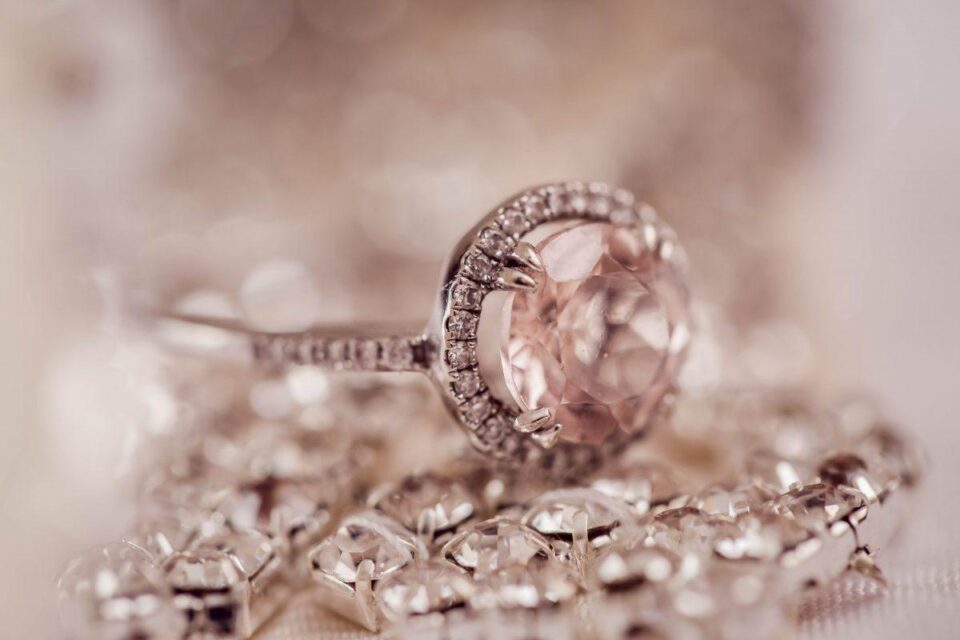Diamonds have been prized for their beauty and rarity for centuries. Historically, they have been mined from the earth, but in recent years, there has been a growing interest in lab-grown diamonds. They are made using advanced technology that mimics the natural diamond-growing process.
Lab-Grown Diamonds
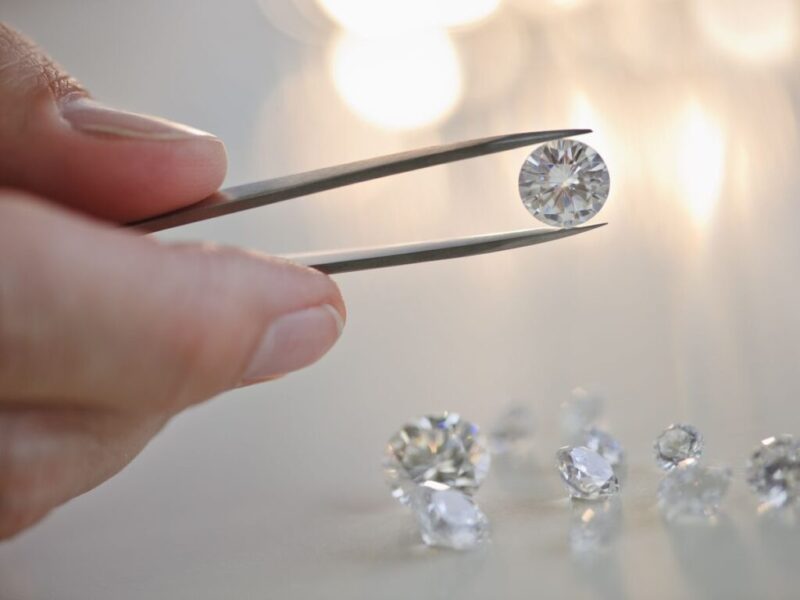
Lab made diamonds, also known as synthetic ones, are created using advanced technology to replicate the natural diamond-growing process. They are made of the same material as natural ones, carbon, and possess the same chemical and physical properties. The main difference between lab-grown and natural diamonds is the way they are formed.
Natural ones are formed deep beneath the earth’s surface under extreme heat and pressure. The process takes millions of years, and they are brought to the surface by volcanic eruptions. In contrast, lab-grown ones are made in a matter of weeks or months using advanced technology.
Types of Diamond Growth Techniques
There are two primary techniques used to grow diamonds in a lab: high-pressure high-temperature (HPHT) and chemical vapor deposition (CVD).
The HPHT method involves subjecting a diamond seed to high pressure and high temperature in a special press. The press uses a combination of pressure and heat to mimic the conditions deep beneath the earth’s surface where natural diamonds are formed. The seed is then left to grow over a period of several weeks or months.
The CVD method involves placing a seed in a vacuum chamber and introducing a gas mixture, typically made up of hydrogen and methane. The gas is ionized using a high-powered laser, causing the carbon atoms to deposit onto the seed. The diamond then grows, layer by layer, over a period of several weeks or months.
Post-Growth Treatment and Processing
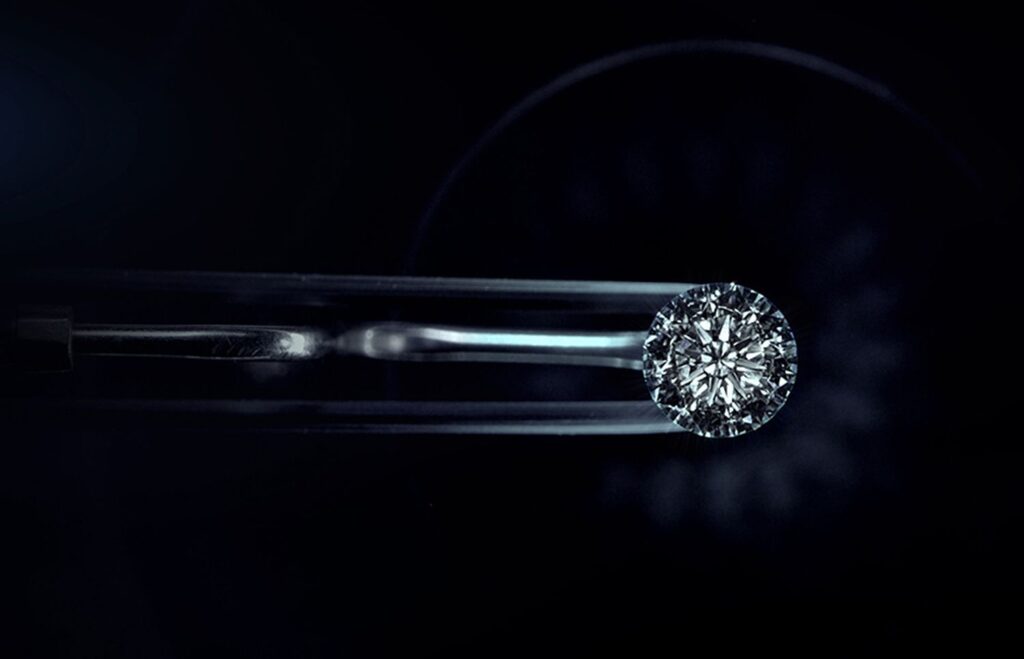
After the diamond has been grown, it undergoes a series of post-growth treatments and processing. These processes are necessary to improve its color, clarity, and shape.
One common post-growth treatment is annealing, which involves heating it to high temperatures to remove any internal stress and improve its color. Another treatment is high-pressure annealing, which involves subjecting it to high pressure and high temperature to enhance its color and clarity.
Once the diamond has been treated, it is cut and polished to achieve its final shape. This process is carried out by skilled cutters who use precision tools to shape it into a beautiful gemstone.
Diamond Grading and Certification
Lab-grown diamonds are graded and certified using the same standards as natural ones. The four Cs of diamond grading – carat weight, color, clarity, and cut – are used to evaluate the quality of it.
Carat weight refers to its size, with one carat equal to 0.2 grams. Color is graded on a scale from D (colorless) to Z (light yellow), with higher grades indicating a more valuable diamond. Clarity refers to the presence of internal or external flaws, with a higher clarity grade indicating a more valuable diamond. Cut refers to its proportions, symmetry, and polish, with a well-cut diamond reflecting more light and appearing more brilliant.
The Process of Certification for Lab-Grown Diamonds
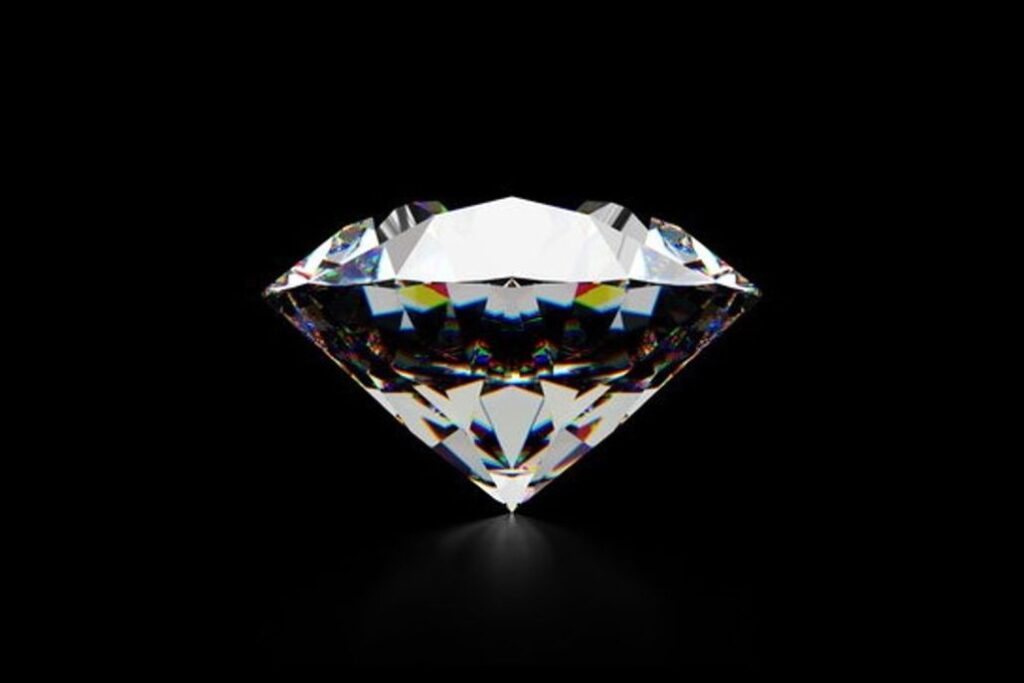
One important aspect to consider when purchasing a lab-grown diamond is certification. Just like natural diamonds, lab-grown ones can also be certified by independent gemological institutes. These institutes evaluate its quality and issue a certification that confirms its authenticity, grade, and other characteristics.
One such institute is the International Gemological Institute (IGI), which offers certification for both natural and lab-grown diamonds. The IGI uses advanced technology and strict grading standards to evaluate lab-grown ones and provide a detailed report of their characteristics.
When purchasing a lab-grown diamond, it is important to ensure that it comes with a certification from a reputable gemological institute. This certification will not only provide assurance of its quality and authenticity, but it can also help with resale value and insurance purposes.
In summary, certification is an important aspect to consider when purchasing a lab-grown diamond. It ensures that it has been evaluated by a reputable gemological institute and provides assurance of its quality and authenticity. With certification, you can feel confident in your purchase and enjoy your beautiful and sustainable lab-grown diamond for years to come.
Advantages and Disadvantages of Lab-Grown Diamonds
There are several advantages and disadvantages to lab-grown diamonds. One advantage is that they are more affordable than natural ones, making them a popular choice for budget-conscious consumers. They are also more environmentally friendly, as they do not require mining
Additionally, they are free of the ethical concerns associated with natural ones, such as the potential for human rights abuses in the mining communities.
However, one disadvantage of lab-grown diamonds is that they are still not as valuable as natural ones. While their quality has improved significantly over the years, they still do not command the same prices as natural diamonds. Additionally, some people may still prefer natural ones due to their rarity and the sense of exclusivity they provide.
The Future of Lab-Grown Diamonds in the Jewelry Industry
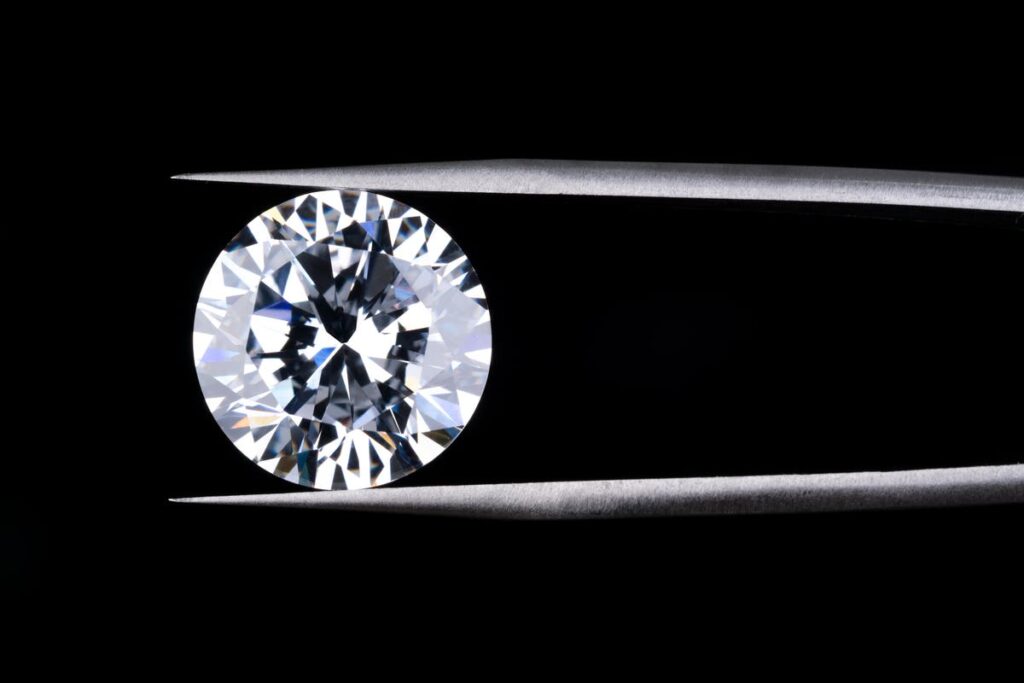
Despite some of the challenges facing lab-grown diamonds, their popularity is growing. Many jewelry retailers now offer them alongside natural ones, and some companies specialize exclusively in lab-grown diamonds. As the technology for growing diamonds continues to improve, lab-grown ones are likely to become even more affordable and of higher quality.
They are also expected to play a significant role in the future of sustainable jewelry. As consumers become more environmentally conscious, they offer a more sustainable alternative to natural ones.
In Conclusion
In conclusion, lab-grown diamonds are an exciting development in the jewelry industry. They offer an affordable, environmentally friendly, and ethically sound alternative to natural ones. While they may not have the same exclusivity as natural diamonds, their quality continues to improve, and they are likely to become even more popular in the years to come. So whether you choose a natural or a lab-made diamond, the important thing is to choose the one that you love and that represents your own personal style and values.

